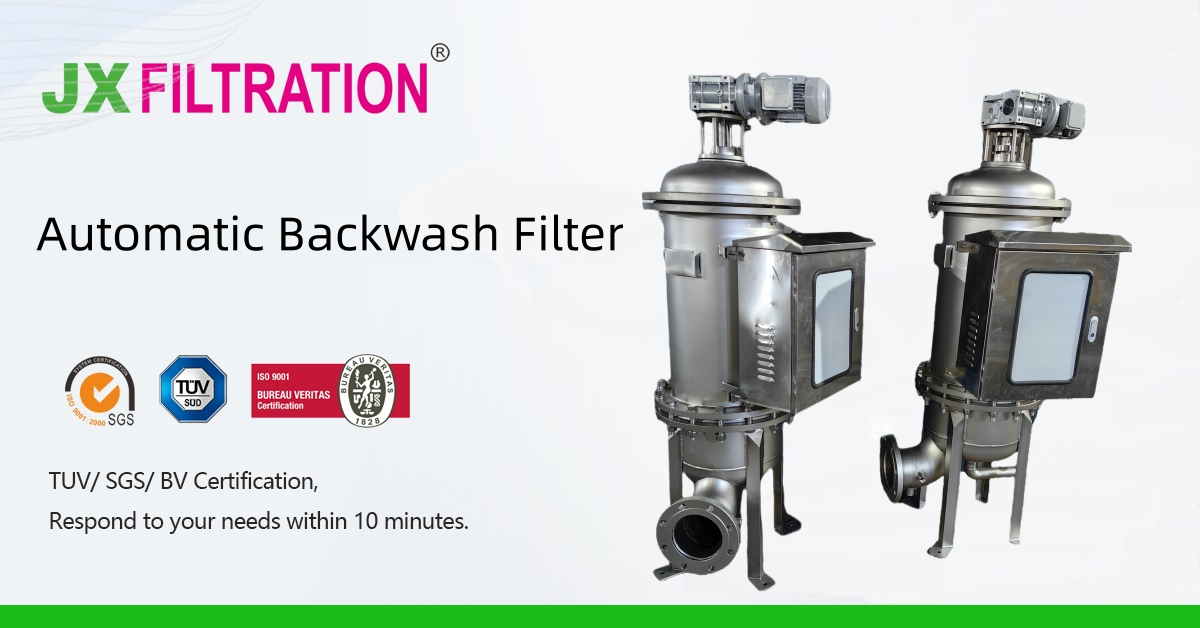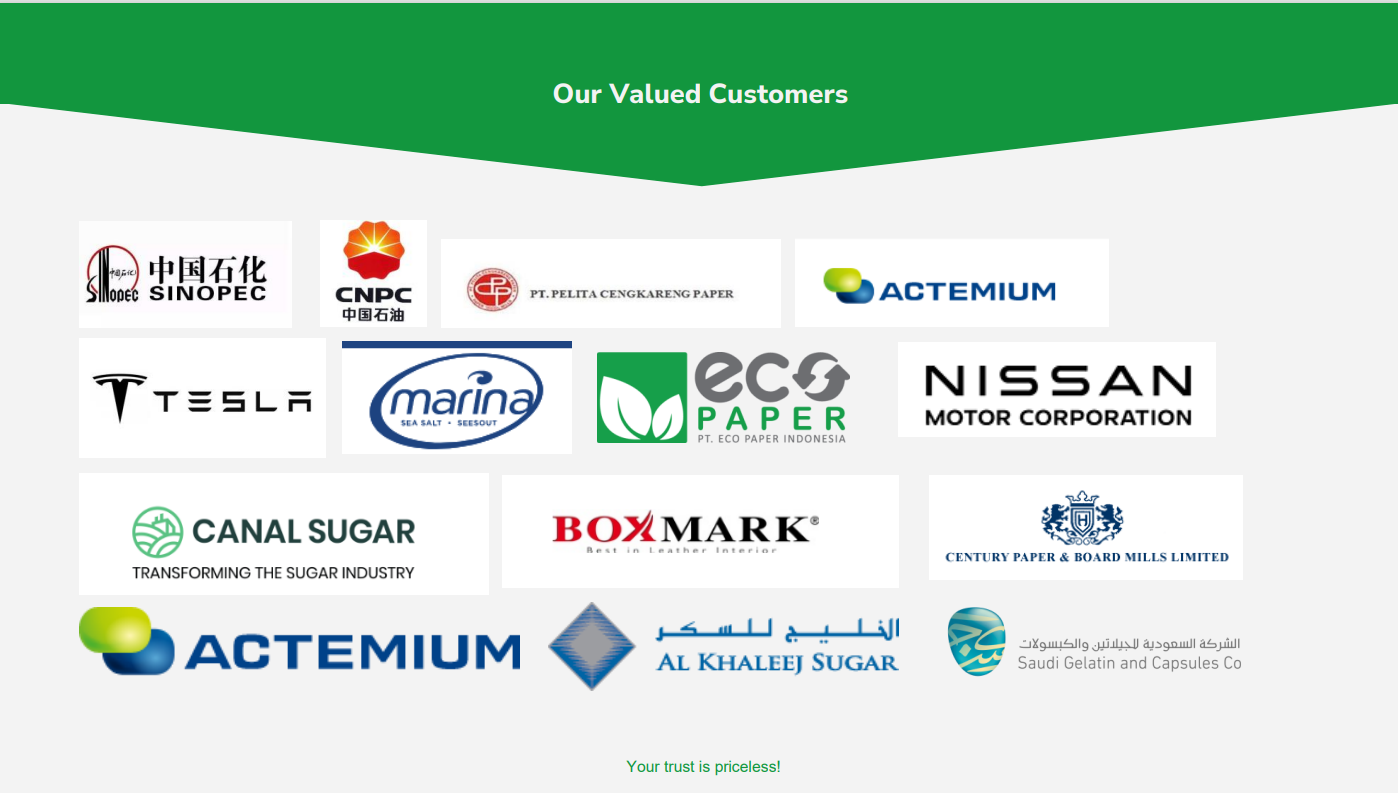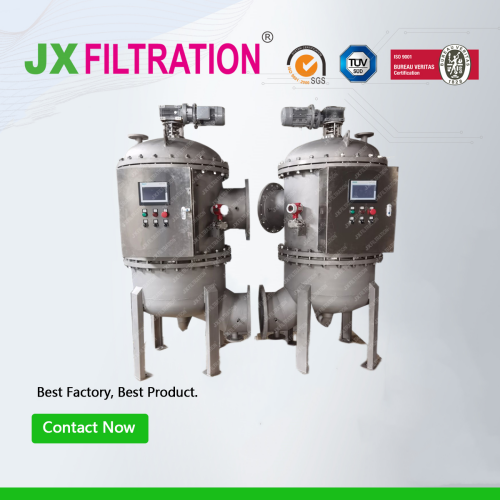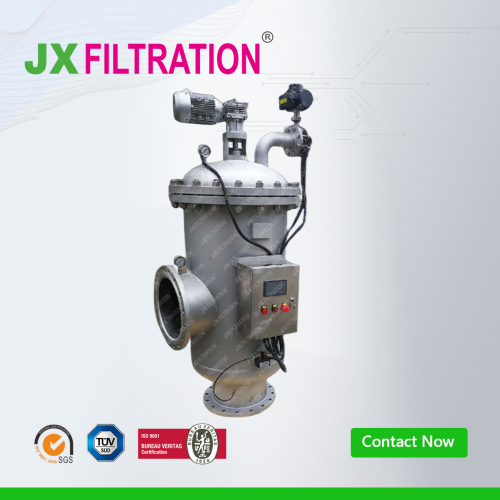Necessity of Backwashing
The backwashing of the filter mainly refers to the process where, after a certain period of use, the filter media layer retains and adsorbs a certain amount of impurities and stains. This leads to a decrease in the water quality of the filter, characterized by a deterioration in the normal post-filtration water quality, an increase in the pressure difference between the inlet and outlet pipes, and a reduction in the flow rate of a single filter.

1. Backwashing Principle
The basic principle involves the reverse passage of high-pressure water flow through the filter media layer. This causes the filter layer to expand and suspend, utilizing the shear force of the water flow and the collision and frictional forces of particles to clean the filter media layer. This process effectively removes dirt from the filter media, and the flushed water carries away the impurities. Backwashing is known for its good cleaning effect, fast cleaning speed, and low cleaning cost. It finds widespread applications and can be used for cleaning various industrial equipment.
2. Necessity of Backwashing
- During the filtration process, suspended solids in the raw water are intercepted and adsorbed by the filter media layer, gradually accumulating within the filter media. This leads to the clogging of filter layer pores, the formation of filter cakes on the surface, and an increase in head loss during filtration. When a certain limit is reached, the filter media needs to be cleaned to restore its working performance for continued operation.
- As head loss increases during filtration, the shear force of water flow on impurities adsorbed on the filter media surface becomes greater. Some particles are displaced to lower layers of the filter media under the impact of water flow. This eventually results in a continuous rise in suspended solids in the water, deteriorating water quality. When impurities penetrate the filter layer, the filter loses its effectiveness. Therefore, regular cleaning of the filter media is necessary to restore its particle-retaining capacity.
- Suspended solids in wastewater contain a large number of organic substances. Prolonged retention in the filter media can lead to the accumulation and proliferation of bacteria and microorganisms, causing anaerobic decay. Regular backwashing of the filter media is required to prevent these issues.
3. Backwashing Parameter Control
-
Expansion Height During backwashing, to ensure that there is enough space between filter media particles for the rapid discharge of impurities with water, the filter layer expansion rate should be relatively large. However, when the expansion rate is too large, the number of particles in the unit volume of filter media decreases, and the chances of particle collision also decrease, making cleaning less effective. In production operations, random checks should be conducted on the filling height and expansion height of the filter media. This is because during the normal backwashing process, some filter media may run off or wear out and need to be replenished. Maintaining a relatively stable filter layer ensures stable water quality and guarantees the effectiveness of backwashing.
-
Water Quantity and Pressure The design requirement generally specifies a backwashing water intensity of 40 m3/(m2•h), and the backwashing water pressure should be ≤0.15 MPa.
-
Air Quantity and Pressure The backwashing air intensity is typically 15m/(m•h), and the backwashing air pressure should be ≤0.15 MPa. During the backwashing process, the introduced backwashing air gathers at the top of the filter, and most of it should be discharged through dual-hole exhaust valves. It is essential to regularly check the smoothness of the exhaust valves in daily production, mainly focusing on the freedom of movement of the valve ball during lifting and lowering.
Any Requirements, Contact Us Now!
Kris
Email/Teams: kris@filtrationchina.com
Mobile/Whatsapp/Wechat: +86 18980776200


